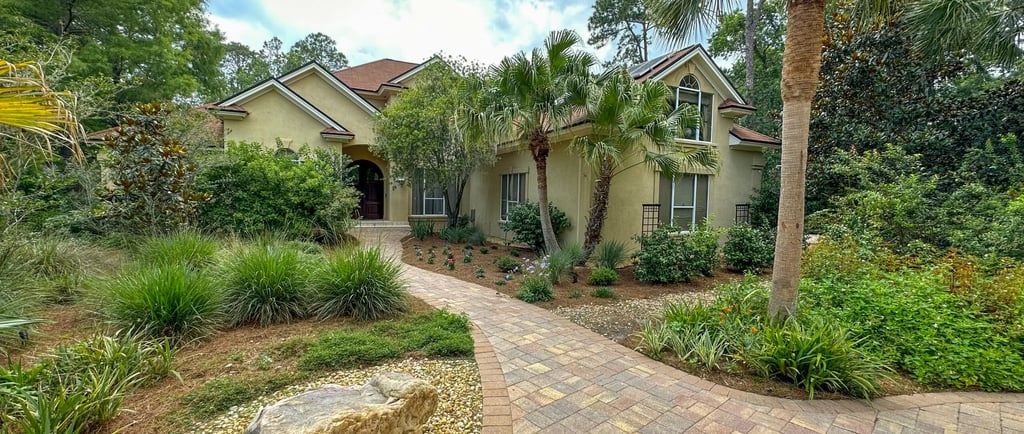Hardscape Designing for a Functional and Easy-to-Maintain Landscape
Curious about how to make your outdoor space both beautiful and low-maintenance? Understanding Hardscape Design explores the key elements of hardscaping—such as patios, pathways, and retaining walls—and how they can add structure, function, and visual appeal to your landscape. Learn about the benefits of using durable materials, the importance of drainage, and how to blend hardscape with softscape for a balanced, easy-care yard.


Understanding Hardscape Design
Hardscape designing plays a crucial role in ensuring a functional and easy-to-maintain landscape. It refers to the inanimate elements of landscaping, which may include paved areas, walls, decks, and structures such as pergolas and pathways. These elements enhance the aesthetics of a garden while providing durability and structure.
The Benefits of Hardscaping
Integrating hardscape elements into your outdoor area offers multiple benefits. First and foremost, it significantly reduces the amount of landscaping that requires maintenance. Unlike plants and flowers, hardscape designs require minimal upkeep; they can withstand various weather conditions without the need for watering, pruning, or fertilizing.
Moreover, well-planned hardscape features can improve functionality. For instance, a properly designed patio can create an outdoor living space, perfect for entertaining family and friends. Additionally, driveways and walkways constructed with quality materials can enhance accessibility and prevent soil erosion.
Key Considerations for a Functional Landscape
When it comes to hardscape designing, several factors should be considered to maximize both functionality and ease of maintenance. The selection of materials is vital; opting for durable and weather-resistant options, such as concrete, stone, or brick, will ensure longevity. Furthermore, the layout should promote easy navigation while complementing the existing natural features of the landscape.
Incorporating adequate drainage systems into hardscape designs is also critical. Proper drainage will prevent water pooling and damage, leading to a longer lifespan for both hardscape and landscape features. Lastly, consider the unison between hardscape and softscape. Planting low-maintenance vegetation alongside hardscape elements can soften the overall appearance, providing a harmonious balance between nature and human-made structures.
In summary, effective hardscape designing is essential for achieving a landscape that is both functional and easy to maintain. By understanding the principles of hardscaping and considering factors such as material selection, layout, drainage, and integration with softscapes, homeowners can create outdoor spaces that enhance their living environment without adding to ongoing maintenance demands.
